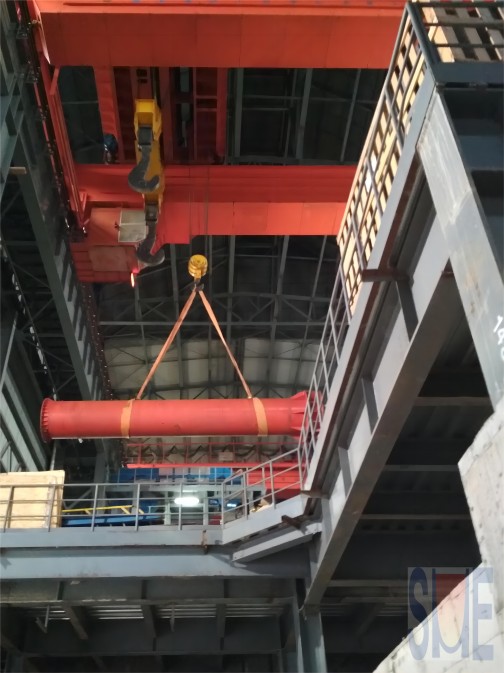There are two main ways to transport hydrogen at this stage, one is to transport hydrogen in long high-pressure pipe trailers and the other is to transport hydrogen by pipeline. Nowadays, the whole length of the hydrogen pipeline has been built around the world about 4670 km, among which about 2600 km in the USA and about 1770 km in Europe.
The key to hydrogen resistant steel pipe is the chemical composition, microstructure requirements more stringent control, mainly including sulfur (S), phosphorus (P), carbon (C), non-metallic inclusions and banding organization and hardness, etc., and the use of low welding equivalent, with needle-like ferrite / bainite microstructure, strength level ≦ x65, hydrogen pressure ≦ 10Mpa. welded pipe tube type available HFW high frequency steel pipe or submerged arc welded pipe and Bimetallic composite pipe etc.
The crack content and size, internal cleanliness, stress condition and deformation of the pipeline are all related to the size of the risk of hydrogen cracking, which is more sensitive compared to static hydrogen storage, natural gas pipelines, etc. Especially in the case of natural gas pipelines converted to hydrogen doped pipelines, there may be a large number of tiny cracks in the old pipeline that can easily trigger hydrogen embrittlement cracking in the pipeline.
The production of high quality hydrogen pipeline steel products is a new opportunity of steel mills. Sinopec has a core technology system for hydrogen long-distance pipeline pressurization and transmission, safety relief, pipe evaluation, welding installation and safety protection.
Hydrogen energy is a kind of green and efficient renewable energy source. It is the most expected energy for steel sector and other high-energy consumption sectors. If technology and equipment to produce, transport and store hydrogen energy are realized completely, industry will enter low-carbon green production era.
